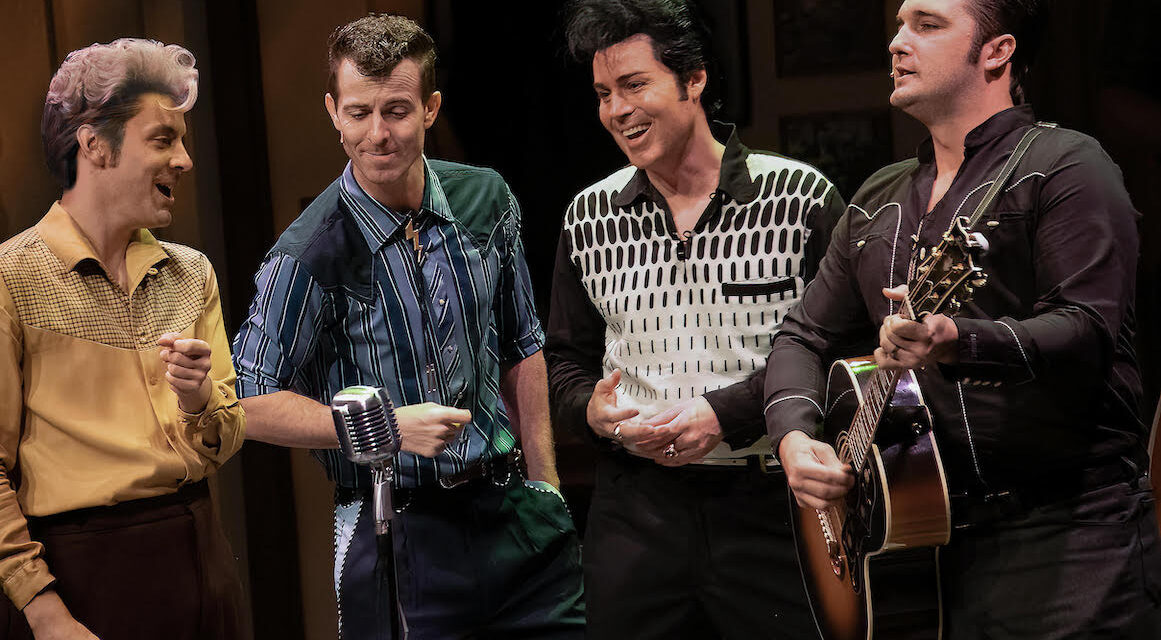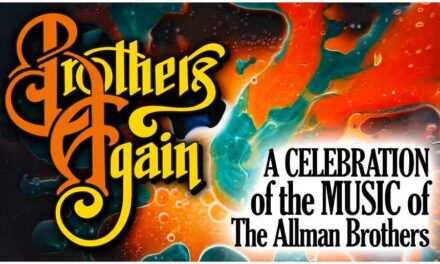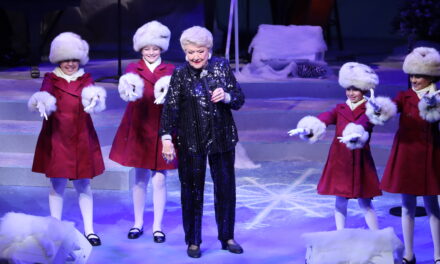Elvis Presley, Johnny Cash, Carl Perkins and Jerry Lee Lewis, or reasonable facsimiles thereof, gloriously reunite with Sam Phillips, ditto, the architect of Rock and Roll, at Boca’s Wick Theater
By Myra Chanin . . .
If you grew up any place where the name of Sam Phillips was not a household phrase, here’s what you should know about the originator of Rock and Roll. He opened his tiny Memphis storefront recording studio to give black artists like Howlin’ Wolf, Ike Turner, B.B. King, Bobby “Blue” Bland and even a group of Tennessee State Penitentiary inmates who called themselves The Prisonaires a place to record the gospel and sharecropper work songs to which Phillips had been drawn to from childhood on. He intended to give both black and white folks with little education and less social standing the opportunity to sing about what they’d been prohibited from saying about their lives, but Phillips’s race records never sold widely or well enough for him to prosper or avoid having to consider shutting down his enterprise. In the early 1950s, during his efforts to keep going, he advertised that anyone could lay down music tracks in his studio—which is when an 18-year-old Crown Electric truck driver, first name Elvis, taped two songs as a birthday present for his mother for $1.99 per side.
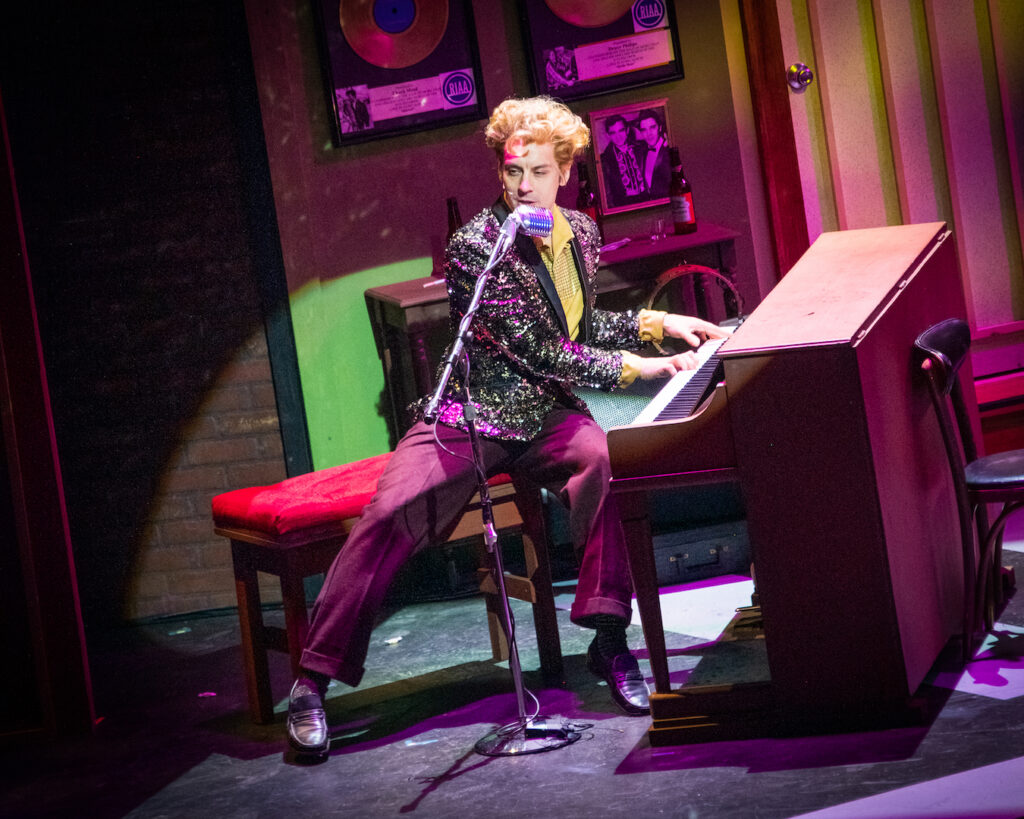
Elvis was raw, but he sang well and had that something extra that people in the studio recognized and liked. They also recognized that Elvis might be what the boss was looking for—a white singer who could sing black rhythm and blues. A few months later, when Phillips invited Elvis back, Elvis initially did not convince Philipps that he was the answer to Phillips’s prayers; but when everyone else took a break, Elvis stayed inside to strum and sing “That’s All Right, Mama,” twice as fast as the song was usually played. Elvis’s unrehearsed performance impressed Phillips enough to record it on July 5, 1954, the date that is regarded by many aficionados as the birth of the rock-and-roll revolution.
Other singers and songwriters—Johnny Cash, Carl Perkins and Roy Orbison—were soon also under contract to Sam Phillips. But, despite their success, Phillips again found himself so strapped for money in 1955 that he sold Elvis’s contract to RCA for $35K for Sam, and an additional $5K for Elvis (about $400,000 in today’s greenbacks). He never suspected what lay ahead on December 4, 1956. That’s the date when Carl Jenkins was recording some new songs in the studio . . . until piano virtuoso Jerry Lee Lewis, a newby, unexpectedly arrived, hoping Sam would make him a star. Next, the slender, lithe, pelvis-shaking Elvis appeared, hoping Sam would accept RCA offer so Sam and Elvis could work together again. Last but hardly least, Johnny Cash showed his face. His contract with Sun Records would expire that night and he needed to tell Sam that he and Carl Jenkins had signed with Columbia Records, who would let him record the gospel music he loved and would not be renewing his contract with Sam and Sun Records.
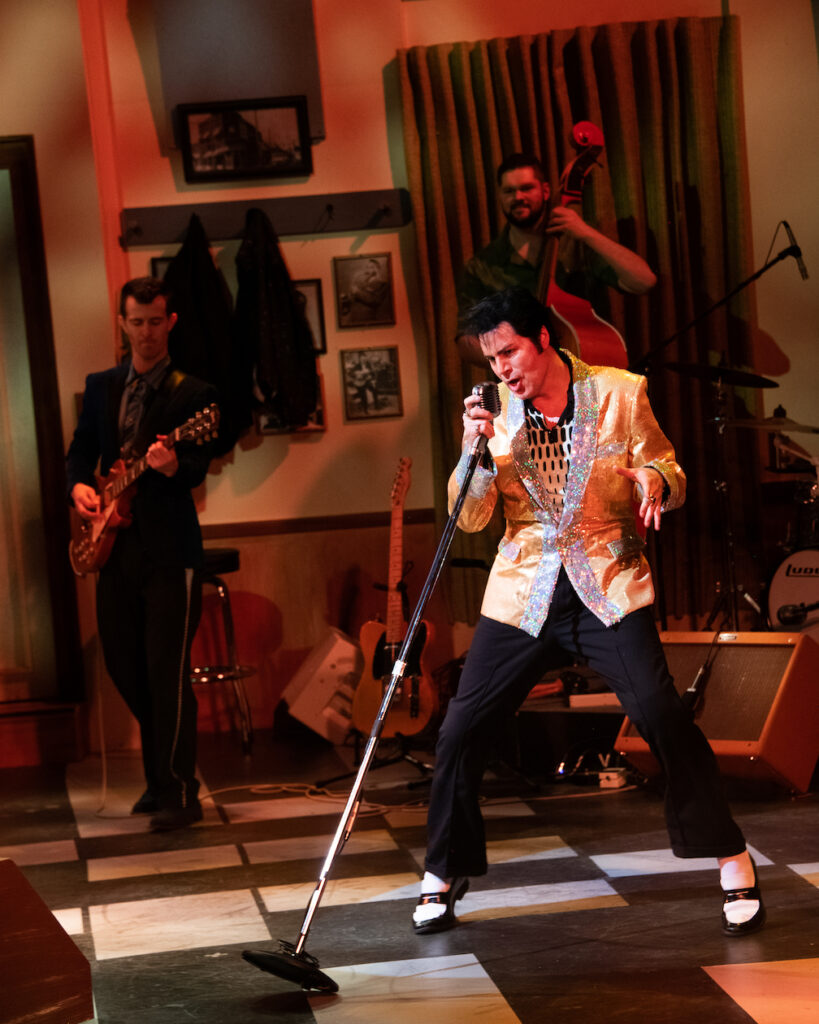

The Wick’s Million Dollar Quartet consists of four remarkable musicians. Piano virtuoso Lance Lipinsky as Jerry Lee Lewis tickles the ivories with his fingers, elbows, feet, and rear-end, as well as with his hands over his head and behind his back. Matt McClure as Carl Perkins played the fiercest, most robust guitar of the three playing guitars and portrayed Perkins as he may have been—a strong songwriter, but a luckless and charisma-lacking performer whose songs supplied greater success for those who sang his songs than the composer received for doing the same thing. Finally, the most grown up in the group, Bill Scott Sheets as Johnny Cash, with a deep and compelling baritone who walked the line per his song of devotion written for his first wife as well as his second wife, five-time Grammy Award Winner June Cash. Other music makers included the amazing bass player Aaron Krings and St. Rose, a drummer who banged his drum set too consistently and loudly for my eardrums to process. Mallory Newsbrogh as Dyanne, Elvis’s tootsie that week, gave a fabulous pop delivery to Peggy Lee’s “Fever” and delivered a sexy, bluesy appeal to “I Heard You Knockin’ but You Can’t Come In.” She also allowed a howlin’ harmonica-playing Paul Louis, as Sam Phillips, to teach her how hits are made, when she disappeared with him to his classroom with a mattress.
As always, Zachariah Rosenbaum’s direction and sound design were extraordinary as were Clifford Spulock’s lighting and Josieu T. Jean’s set design and projection. I found the book by Colin Escott and Floyd Mutrux somewhat sluggish initially, but the finale was worth thrice the price of admission. Its medley of hits from “Hound Dog” to “See you Later, Alligator” and “A Whole Lotta Shakin’ Goin’ On,” had the audience shakin’ as energetically as they had 70 years ago when they were teens.
Million Dollar Quartet packed the Wick Theater and has been extended for another week, until May 21. Congratulations on a wonderful end to The Wick’s very successful current Ninth season. Don’t forget to renew your subscriptions for the coming year. By calling 561-995-2333 or clicking www.thewick.org
Photos: Amy Pasquantonio
Cover Photo: Lance Upinsky, Matt McClure, Cole, Bill Scott Sheets


